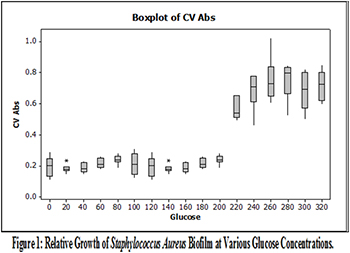GD-DTPA is a Good Antimicrobial Surrogate for In Vivo Imaging
Authors: Fraser JF, Giers MB, McLemore R, Caplan M, Calara F, McLaren AC. Banner Good Samaritan Medical Center,Phoenix AZ and Arizona State University, Tempe AZ
Title: GD-DTPA is a Good Antimicrobial Surrogate for In Vivo Imaging
Background: We have previously shown that T1 weighted MRI can image locally released gadolinium (Gd-DTPA) in vivo. Gd-DTPA was used as a surrogate based on similar properties to aminoglycosides and vancomycin. Similar release and distribution characteristics of vancomycin and Gd-DTPA from bone cement have not yet been confirmed. Vancomycin solution is acidic requiring buffering to prevent disruption of the conjugation of Gd in Gd-DTPA.
This study compares the release characteristics of vancomycin and Gd-DTPA from bone cement in vitro and by examining the effect of co-delivered vancomycin on the distribution of Gd-DTPA following local delivery using quantitative MRI.
Hypothesis/Purpose:
- Do vancomycin and Gd-DTPA elute similarly from bone cement in vitro?
- Is Gd-DTPA distribution following local release affected by co-delivery of vancomycin in vivo?
Methods: Equal molar amounts of vancomycin and Gd-DTPA were mixed into bone cement with the following composition: 40g PMMA, 20 mL MMA, 3780mg vancomycin, 1000mg Gd-DTPA, 4544mg K2HPO4, and 676mg KH2PO4. K2HPO4 and KH2PO4 powder were used as a buffer and also functioned as a poragen. Standardized 6mm x 12 mm test specimens were fabricated and eluted in phosphate buffered saline under infinite sink conditions for 5 days. Vancomycin and Gd-DTPA concentration were measured using high performance liquid chromatography (HPLC). Total mass of released vancomycin and Gd-DTPA were calculated.
Gd-DTPA 5 day in vivo release in 2 New Zealand white rabbits was measured with T1 weighted MRI. Partial thickness dead-space created in both quadriceps muscles was filled with local depots of consistent size and shape (1 cm cube), one with vanc/GD-DTPA loaded bone cement, and one with Xyl/Gd-DTPA loaded bone cement.
Results: In vitro elution: vancomycin and Gd-DTPA were found to elute in equal molar amounts from bone cement over 5 hours (0.924 moles vancomycin vs 0.979 moles Gd-DTPA, figure 1). In vivo: Gd-DTPA distribution around local depot on MRI imaging over 5 days was similar with and without a vancomycin load.
Discussion: Gd-DTPA release from bone cement is similar to the release of vancomycin. In vivo distribution of Gd-DTPA post release is unaffected by equal molar release of vancomycin.
Conclusion: In vivo release of vancomycin and Gd-DTPA from bone cement is similar. In vivo distribution of Gd-DTPA is in unaffected by co-release of vancomycin.

